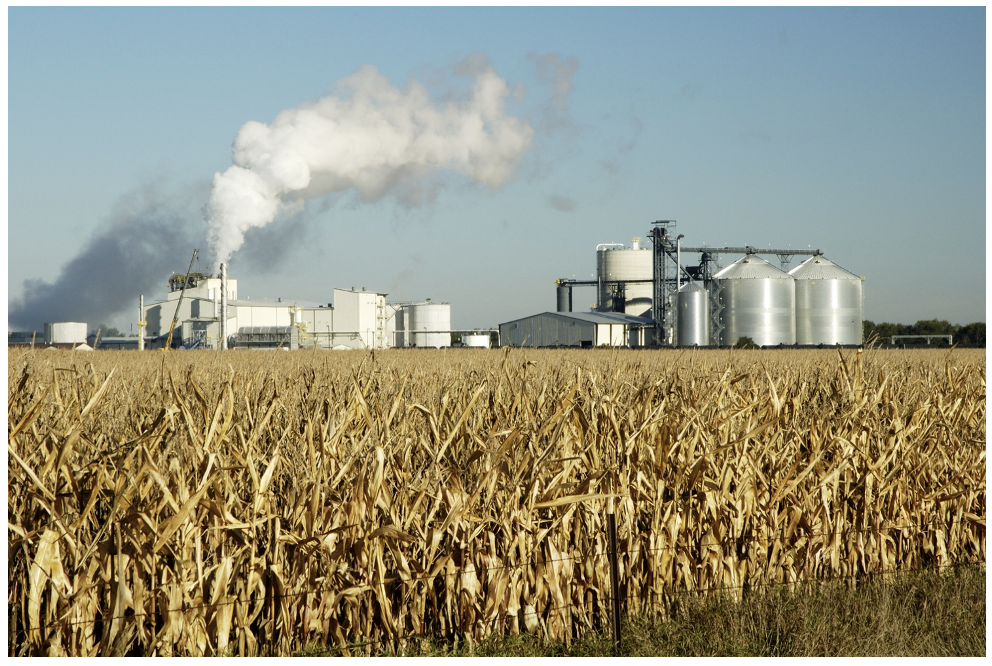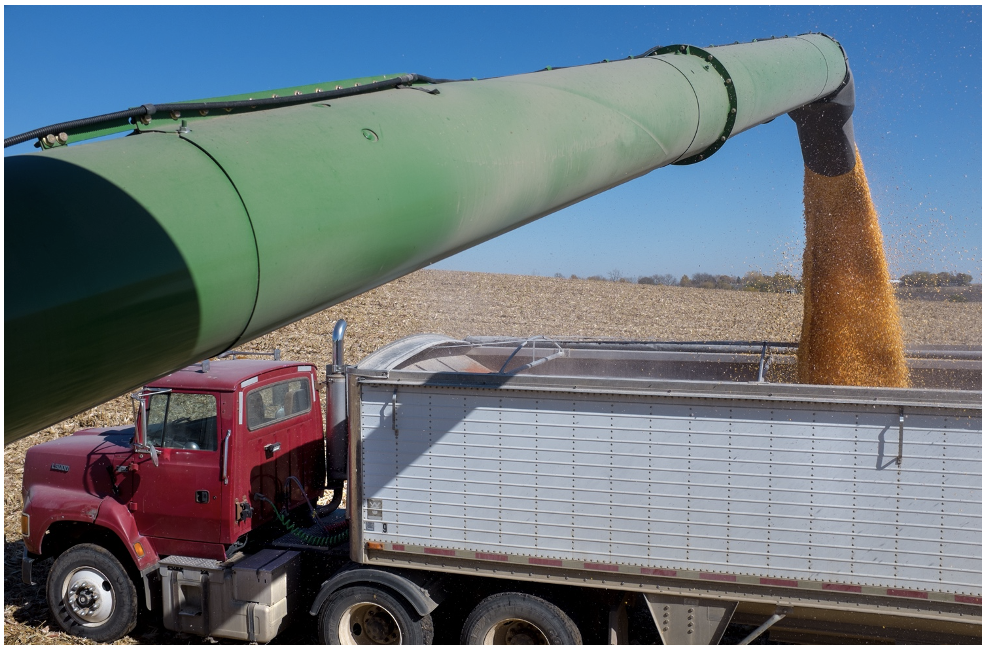
- A La Niña could cause problems for grains producers.
- It would bring dry weather to Brazil and hinder yields in the region.
- Dry weather is the last thing producers need amid a fertilizer shortage.
Nixal’s Forecast
Our 2021/22 price forecast for Chicago corn (Sep/Oct) remains unchanged in a range of 4.5 to 5 USD/bu. The average price since the start of the new crop is running at 5.24 USD/bu.
Market Commentary
Corn and wheat rallied in all geographies last week on the back of healthy ethanol demand in the US and a slow corn harvest in Europe.
Chicago corn made a positive start to the week, with US corn exports to China surging once again. This positivity was sustained as a high ethanol production number suggested that more corn will go towards this.

Brazilian corn planting is adopting a similar pace to last year (45% complete). Its soybean planting is nearing its fastest pace on record, though, thanks to favourable weather. This will have a positive impact to the second (and bigger) corn crop planting, which happens right after the soybean has been harvested.
Argentinian corn planting is also adopting a similar pace to last year (26% complete). The condition was recently rated 65% good-to-excellent.
The US corn harvest is 52% complete, up 11% from the five-year average. The crop condition is stable at 60% good-to-excellent, down 1% year-on-year.
Europe’s corn harvest remains very much delayed, with the French harvest just 32% complete, down 43% year-on-year.

Moving on, French wheat planting is adopting a similar pace to last year (40% complete). US winter wheat planting is 70% complete, down 1% from the five-year average. The weather remains favorable for field work across most key geographies, despite the threat of La Niña. Corn regions in Brazil, the US’ Midwest and Europe should receive plenty of rain this week.
However, the lack of fertilizer and the threat of a La Niña could soon become more serious problems. A La Niña would bring dry weather to Brazil again, as both corn and wheat rely heavily on nitrogen-based fertilizers (the ones being impacted by high natural gas prices). As we’ve been saying for some time now, reduced use of these fertilizers could lower yields and/or acreage, as some may turn towards less nitrogen-intensive crops such as oilseeds.
We still think wheat production is at risk, as it’s being planted amid a fertilizer crisis. Corn, on the other hand, is planted in the spring so should benefit from lower natural gas prices after the winter. The actual corn crop in the US isn’t showing harvest pressure thanks to strong exports and increasing ethanol demand, but we think upside risk should be limited. The situation in Europe is different, with the slow harvest leaving prices well supported.

Other Opinions You Might Be Interested In…





